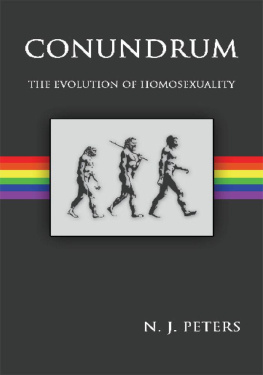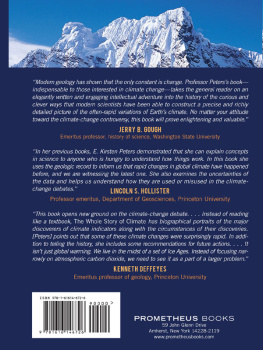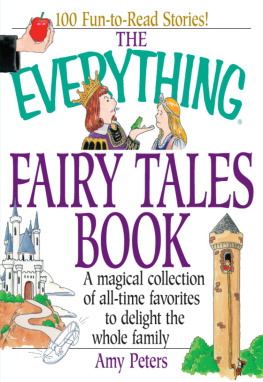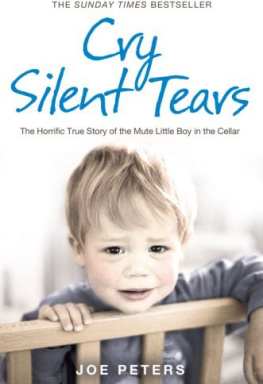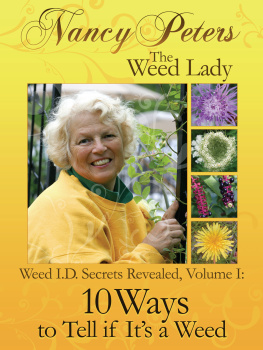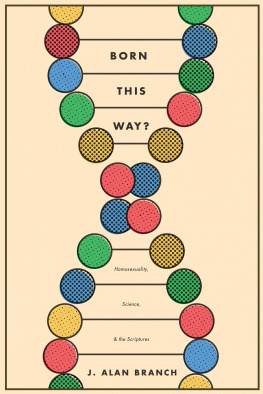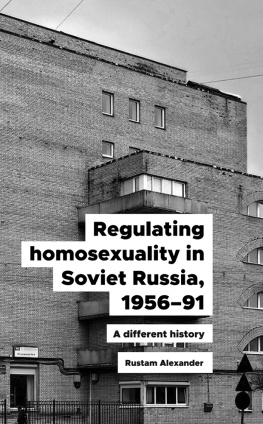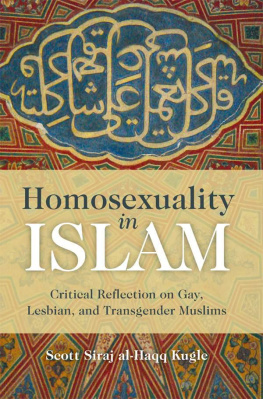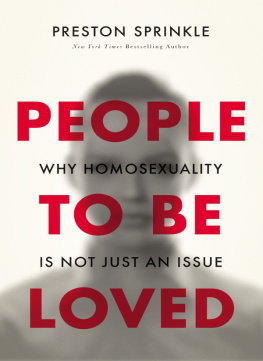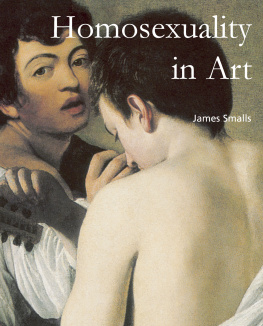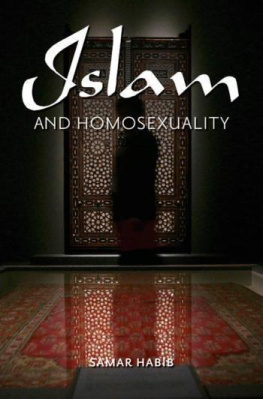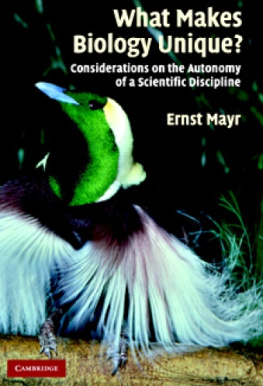Peters - Conundrum : the evolution of homosexuality
Here you can read online Peters - Conundrum : the evolution of homosexuality full text of the book (entire story) in english for free. Download pdf and epub, get meaning, cover and reviews about this ebook. City: Bloomington, year: 2006, publisher: AuthorHouse, genre: Romance novel. Description of the work, (preface) as well as reviews are available. Best literature library LitArk.com created for fans of good reading and offers a wide selection of genres:
Romance novel
Science fiction
Adventure
Detective
Science
History
Home and family
Prose
Art
Politics
Computer
Non-fiction
Religion
Business
Children
Humor
Choose a favorite category and find really read worthwhile books. Enjoy immersion in the world of imagination, feel the emotions of the characters or learn something new for yourself, make an fascinating discovery.
- Book:Conundrum : the evolution of homosexuality
- Author:
- Publisher:AuthorHouse
- Genre:
- Year:2006
- City:Bloomington
- Rating:4 / 5
- Favourites:Add to favourites
- Your mark:
- 80
- 1
- 2
- 3
- 4
- 5
Conundrum : the evolution of homosexuality: summary, description and annotation
We offer to read an annotation, description, summary or preface (depends on what the author of the book "Conundrum : the evolution of homosexuality" wrote himself). If you haven't found the necessary information about the book — write in the comments, we will try to find it.
Conundrum : the evolution of homosexuality — read online for free the complete book (whole text) full work
Below is the text of the book, divided by pages. System saving the place of the last page read, allows you to conveniently read the book "Conundrum : the evolution of homosexuality" online for free, without having to search again every time where you left off. Put a bookmark, and you can go to the page where you finished reading at any time.
Font size:
Interval:
Bookmark:
Conundrum
T HE E VOLUTION OF H OMOSEXUALITY
by
N. J. Peters

2006 N. J. Peters. All rights reserved.
No part of this book may be reproduced, stored in a retrieval system, or transmitted by any means without the written permission of the author.
First published by AuthorHouse 2/16/2006
ISBN : 1-4208-9338-6 (SC)
ISBN : 978-1-4678-1204-7 (EBK)
Printed in the United States of America
Bloomington, Indiana
To RMF
Many people contributed to this book in one way or another. I would first like to thank Jill Mateo for her comments on the manuscript, as well as for her encouragement and friendship over many years. Helpful comments were also sent my way by Anna Bess Sorin, Susan Wieland, Cary Anne Cadman, Rose Franco, Barry Yeoman, Heather Heying, Mark Sullivan, Gerald Sorin, Joseph Manson, Susan Perry, Anna-Maria Marshall, Leslie Abbatiello and Rachel Sexton. Any errors and infelicities that remain in the following are entirely my responsibility.
Contents
This is a book about context.
When I started reading about evolutionary biology, I didnt want to think that what I was reading had any personal relevance for me, for the way I live, or for the lives of people around me. Initially I resisted the ideas that Ive written about in this book. Eventually I came around I havent become some kind of wild-eyed genetic determinist, but I have come to believe that it is a mistake to ignore our evolutionary history and pretend that it is irrelevant to human behavior.
The basic idea of the evolutionary biology of behavior, to oversimplify, is that individuals (people, crickets, lions, geraniums) have been designed over the course of vast evolutionary time to maximize their reproduction to leave a genetic legacy in the form of offspring. In the past forty years or so evolutionary biology has been invigorated by this approach to behavior. The extent to which this idea is applicable to human behavior, however, remains a controversial topic. It is quite obvious that people are engaged in a whole lot of things that have very little to do with making babies.
There is at least one human characteristic that seems to be completely incompatible with the basic idea of evolutionary biology: some humans only want to have sex with others of the same sex. An exclusive homosexual orientation seems like a very poor way to maximize the number of offspring you leave behind. The mere existence of gay people seems to contradict one of evolutionary biologys basic tenets. At the very least, homosexuality seems to suggest that the human species does not follow the same evolutionary rules that other species do.
Some recent studies have suggested that lesbians and gay men are biologically different from heterosexual people. If there is a gene for homosexuality, how exactly might that gene have been maintained in the human species? It seems as if a gay gene would not last for very long if the people who have it are only interested in sex with other people of the same sex. As a New Yorker magazine cartoon asked a few years ago, If homosexuality is inherited, shouldnt it have died out by now?
This book is an attempt to answer that question.
Some of the scientists who believe that evolutionary biology is relevant to modern humans use this approach to behavior to explain just about everything people do. But human behavior is a lot more complicated than the acting out of urges to pass along genes. If there is a biological basis for homosexuality, it necessarily interacts with human cultures. Any biological predisposition for complex human behavior necessarily interacts with the cultures in which people find themselves. The things that people do are the product of the interaction of nature and nurture, biology and culture, genes and environment.
Getting beyond the dichotomous way of thinking that prescribes that human behavior is the result of either nature or nurture (biology or culture, genes or environment) is a difficult task. But the basic concepts of evolutionary biology can point us in the right direction. It is the context that makes sense of much of what we do with our lives. Evolutionary biology does not explain everything, but it does provide a paradigm that supports the idea that human nature exists. Biology and culture work together to make us what we are, whether we are entirely gay, entirely straight, or something in between.
Lesbians and Gay Men
in the Twentieth Century
It was an extraordinary century for Americas lesbians and gay men. In the course of one hundred years, homosexuality evolved from a secret perversion to a very public presence in American culture. In 1900, gay people were mental defectives or sinners. By 2000, lesbians and gay men were out and proud and very visible in the American mass media. Openly gay people were coming soon to a theater near you.
One of the most significant manifestations of gay pride in America occurs annually toward the end of June in the aptly named lesbian and gay pride parades held in many locales around the country. I have been going to New York Citys parade for decades. The Pride parade is an event that is something of a cross between a political demonstration and a party for 100,000. It occurs at the end of a full week of rallies, dances and general sign wearing. The last week in June is an unofficial holiday for tens of thousands of lesbians and gay men in and around New York City, and the tens of thousands of people who come to New York from all over the world to participate in the festivities.
In the 1970s, the parade originated in Greenwich Village, long home to many of the Citys lesbians and gay men, and marched out of the Village, up Fifth Avenue. Symbolically, as one of my more radical friends explained to me, we were marching out of the ghetto. (This was said without a trace of irony despite the fact that Greenwich Village includes some of the worlds most expensive real estate.) More recently however, the parade has taken off from midtown Manhattan and marched into the Village. In this incarnation, the parade is more like a homecoming. Many people march in the parade, but many others just watch and cheer. By the time the parade reaches the narrow streets of the Village, the crowd is densely packed together, cheering on the Dykes on Bikes who always lead the way, the politicians who trail after them, and the hundreds of groups, bands and floats and the tens of thousands of people that make up the rest of the parade.
The groups represented at the parade run the gamut from ministers to self-styled sexual outlaws. The professional groups are all there the police officers, doctors, lawyers, teachers. There are floats with thumping dance music, political groups calling for gay liberation, and people from twelve-step programs. There are sports leagues, and drag queens in full regalia. There is even, occasionally, a small group behind a sign that reads Lesbians for Patsy Cline.
Simply everyone is there.
There is, of course, a serious side to the party. While the atmosphere at the parade is akin to that of Mardi Gras, the fact of the parade, the simple presence of all those tens of thousands of people, is a statement. Gay people have come out of the closet. The slogan is Were here, were queer, get used to it, as in, we are not going to go away. We are not going to beg for the civil rights that heterosexual Americans take for granted.
The New York City Pride parade and others like it throughout the United States commemorate the start of the modern lesbian and gay civil rights movement, which is usually dated to the 1969 Stonewall riots in Greenwich Village. The Stonewall was a bar on Christopher Street near Sheridan Square that had a large drag queen clientele. As a matter of course, the police would raid the Stonewall and other bars like it and arrest the patrons. One night in June 1969, so legend goes, the patrons of the bar had had enough of the police harassment. When the cops tried to close down the club and arrest them, the bar patrons fought back. That event sparked a series of demonstrations over the next few nights in the Village. Gay people were getting organized, and the cops were about to back down.
Next pageFont size:
Interval:
Bookmark:
Similar books «Conundrum : the evolution of homosexuality»
Look at similar books to Conundrum : the evolution of homosexuality. We have selected literature similar in name and meaning in the hope of providing readers with more options to find new, interesting, not yet read works.
Discussion, reviews of the book Conundrum : the evolution of homosexuality and just readers' own opinions. Leave your comments, write what you think about the work, its meaning or the main characters. Specify what exactly you liked and what you didn't like, and why you think so.

